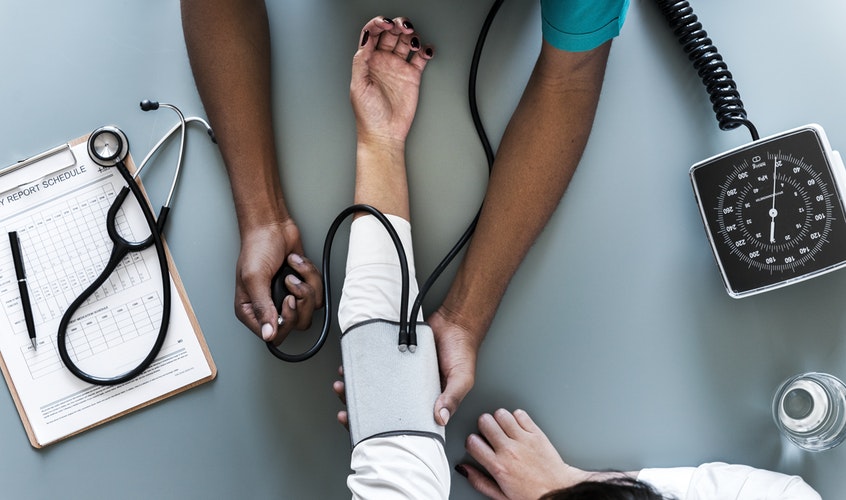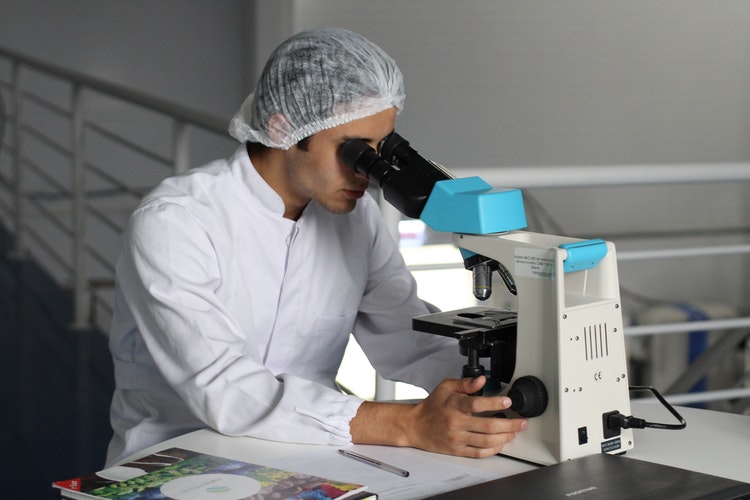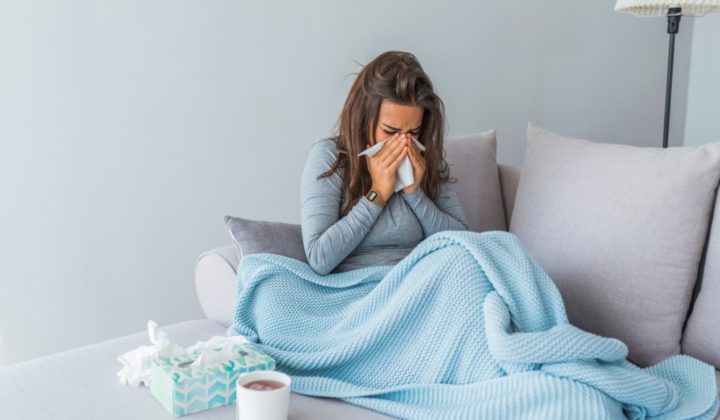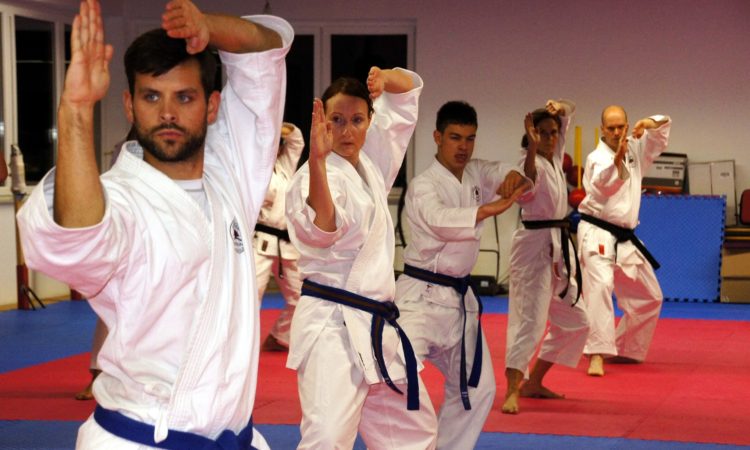When I first came to Japan, I realized that it is true that the Japanese really do not take their health lightly. Whether it is a regular flu during colder months or abdominal pain, going to a clinic for an overall checkup, seems to be a common thing to do. While getting checked professionally is undoubtedly the best choice, some might say it is not the most economical option considering how expensive services in Japan can be, not to mention health-related procedures. However, it is not just about the expenses that hinders one seeking help from licensed clinics. Being an international resident in Japan, it has been 3 years since the first day I got here, I am still struggling with the Japanese language, especially when it comes to specific terms and jargons. Speaking from experience, I would say I understand how horrifying it can be going to the clinic and being asked questions where you have to describe specifically what your symptoms are, as that situation might require a certain proficiency in Japanese.
With that being said, there are certainly a few alternatives that you can rely on if the thought of going to hospitals/ clinics makes you even iller. You can find drugstores within every corner of the street in Japan, such as Welcia or Matsumotokiyoshi, especially in large cities like Tokyo. The availability of over-the-counter (OTC) medicines offers you more options than going straight to the clinic whenever you feel that you might need to pick up some vitamins or medicines to fight against your cold.
Below are some of the most recommended and common medicines you can find in any drugstore near you that you can receive over-the-counter (OTC), along with the breakdown in ingredients lists for better care while using.
1. Painkillers 鎮痛剤 (Chintzu Zai): For Headaches, Toothaches, Menstrual pain, and Fever.
The most common ones are バファリン (Bufferin), タイレノール (Tylenol), イブ (Eve),リングル (Ringl).
Ibuprofen brands found in Japan drugstores are most likely to have the approximate similar dosage as common western brands, however, it is important to double-check the label to make sure how many pills are counted as a dose (to match with a foreign dosage). You can look for these kanji symbols, 用法(Yōhō) or 用量(Yōryō), which means dosage, and for a number (either 1 or 2) it would say 錠 after the number, which indicates the number of pills. User’s responses to these medications may vary from type to type. However, in general, their effectiveness depends on how much you take.
It can get very confusing with the dosage of painkillers. Researchers advised that 800mg of ibuprofen is more effective than medicines containing opioids like oxycodone or codeine. Nevertheless, it’s said that 600mg of ibuprofen is less effective than those mentioned previously, and it does not matter if you end up taking either 400mg or 200mg of ibuprofen, they will still work out to be equally as effective as 600mg of ibuprofen. This demonstrates that there is a threshold effect with a lot of these drugs. In summary, be careful with the dosage, it all depends on how your body reacts with ibuprofen. For example, Eve is the most common among painkillers that can be found in the drugstore, you might feel nothing from taking 200mg of Eve and then get a lot of pain relief from 800mg of Eve. However, Eve is not pure ibuprofen, therefore before you decide to risk it all and take 800mg of Eve, keep in mind that ibuprofen is far down in the ingredient list, which means it also contains other substances, so if you take 800mg of ibuprofen using Eve as your painkiller, you’re going to be consuming large doses of that other stuff too.
2. Stomach related troubles 胃腸薬 (Icho Yaku): Recommended for Stomach Pain or Bloating.
The most common ones are:
- ガスター10 (Gasta 10)
- 大正漢方 (Taisho Kampo): a natural medicine including herbal licorice, fennel, and oyster shells.
- ストッパ (Stoppa): an orodispersible (orally disintegrating) tablet for acute diarrhea.
- ビオフェルミン (Biofemurin): an intestinal remedy with a lactic bacteria-based tablet. If experiencing gastroenteritis, consult a specialist.
Another way to help, that is famous for being a perfect blend between Western technology and Japanese ancient knowledge called Ohta’s Isan. This product is widely useful for numerous issues regarding digestive system problems such as heartburn, discomfort from over drinking, general stomach discomfort, dyspepsia, overeating, stomach pain, indigestion, loss of appetite, hyperacidity, abdominal bloating, nausea, vomiting, and excessive burping. It comes in a variety of forms: sachets, tablets, drinkables, chewable, and a herbal alternatives formula. The most common choice among these products is the powdered Ohta’s Isan, packaged in a tin. The recommended dosage for 15 years or older is a single spoonful. For younger users, half a spoonful (for those aged 8–14) is advised. Ohta’s Isan can be taken up to three times per day, after or between meals.
3. Colds and Flus
- パブロン (Paburon): a medicine that contains paracetamol and is an anti-inflammatory, used for colds.
- 葛根湯 (Kakkonto): a type of Japanese herbal medicine called kampo (漢方)
As I mentioned above, Japanese people really do not take any risks with their own health, which explains how most Japanese would prefer seeking professional help. The reason for this roots from their work ethic. Severe flu will probably guarantee you a few days of rest in some other western society, but in Japan offices, you will still be expected to work. If you go to any Japanese drugstore, the varieties and amounts of over-the-counter medications can really be overwhelming, however, you will notice, 70% of those are targeted to pain relief, flu and common colds. LuluAttack EX is designed to treat a sore throat, fever, runny nose, coughing and congestion. As this is one of the most popular cold and flu treatments, it’s available at almost all drugstores in Japan and with very reasonable prices. Under the category of cold, you can look for medications that target coughing, a swollen throat, runny nose, and fever. Another type of cold/ pain relief is Contac Nasal Spray (コンタック鼻炎スプレー), a medicine which comes in spray form. Once again, since Japanese medical dosage is not as powerful as the doses you can find in the United States, you should figure out what dosage suits you best, where it is enough to cure the illness but not too much where it would knock you out.
One option that you can always opt for without knowing any Japanese, is to look for surgical masks. They can be found anywhere easily at the pharmacy or convenience stores from 100yen to fairly cheap prices.
4. Hangovers.
One fun fact: Until now, scientists still have not figured out why humans experience the state of being hungover. Without knowing the cause of it, ultimately we can not know exactly what will cure a hangover or at least keep it at bay. However, we keep trying! A variety of remedies differ from national or regional culture and range wildly in popularity. Most common remedies include water (drunk during and after alcohol consumption), “hair of the dog” – an alcoholic drink after one has sobered up, or a big greasy breakfast the following morning. We also have some strange cures such as “leche de tigre” – which is marinated liquid left over from making ceviche in Peru, steaming hot oxblood soup in Korea or pickle juice in Eastern Europe.
But perhaps no country or culture has more thorough hangover cures than Japan. It is believed among Japanese that these two ingredients can help accelerate the speed of removing toxins and digestion. The two ingredients of the typical Japanese hangover cure are turmeric (ukon) and liver extract (kanzouekisu). You might be puzzled at the word “liver extract”, well, it’s a solution deprived of cattle livers and believe to be a common treatment for a variety of health problems in Japan. The liver extract contains good elements like vitamin B-12, iron, and folic acid – elements that work as a booster for your liver to help to flush the alcohol out of your system and get your blood flow back to normal. The most common ones are Ukon no Chikara and Hepari-ze which you are meant to drink before any alcoholic consumption, so it would be used for more of a prevention than a cure. Don’t be alarmed if you overindulged yourself, and forgot to take any Ukon no Chikara beforehand, because Japan has got you covered! There are types of post- alcohol drinks too. The main difference is that those contain more ginger than the aforementioned Ukon no Chikara, as ginger is very effective for curing nausea. It is not a guaranteed prevention or cure, as it depends on how your system reacts with these drinks or how much you drank that night :).
5. Anti-inflammatory/ insect bites.
The most common types and products:
- かゆみどめ (Kayumidome): a gel used to soothe insect bites. It is very popular with the Japanese. The medicine tube is fitted with a sponge to more easily apply the liquid.
- ムヒアルファ (Muhi Alfa): contains diphenhydramine in cream or liquid form to be applied to the area of the bite.
- Sato Salomethyl Pain Relief for Sports: ointment is a popular choice for athletes and people who are physically active.
Depends on how you want to use this type of medicine, whether to relieve pain or to speed up the recovery process from inflammation caused by bug bites, Japan has an enormously large amount of anti-inflammatory treatments to choose from. Besides aftercare medicines, Japanese insect repellents are also popular during hot and humid months. They come in different sizes and forms: from the spray form to lotions, stickers, and hand-bands. One to recommend is the Earth Saratect & Moist (アース サラテクト &moist) which is an innovative Japanese mosquito repellent. It is also used as a skin care lotion since it is formulated with hyaluronic acid, vitamin C, collagen and ceramide, essentially very good for skin care. Additionally, the formula is additive-free from drying ingredients such as alcohol and perfume materials.
With a massive selection, Japanese drugstores can get you overwhelmed really quickly, and you will most likely get lost if you can’t read all of the characters. It is wise to prepare yourself, know your symptoms and what kind of medications you need before hitting the store which makes the experience so much easier, especially when you are already unwell. My best advice, if you are in a pickle, would be to look up the Japanese translations to your symptoms which you can show to the staff, so you are both able to understand each other. The staff in the pharmacy’s in Japan are always very friendly and can offer a lot of over-the-counter recommendations if you are able to let them know how you are feeling, so don’t panic, they will be able to point you in the right direction!









